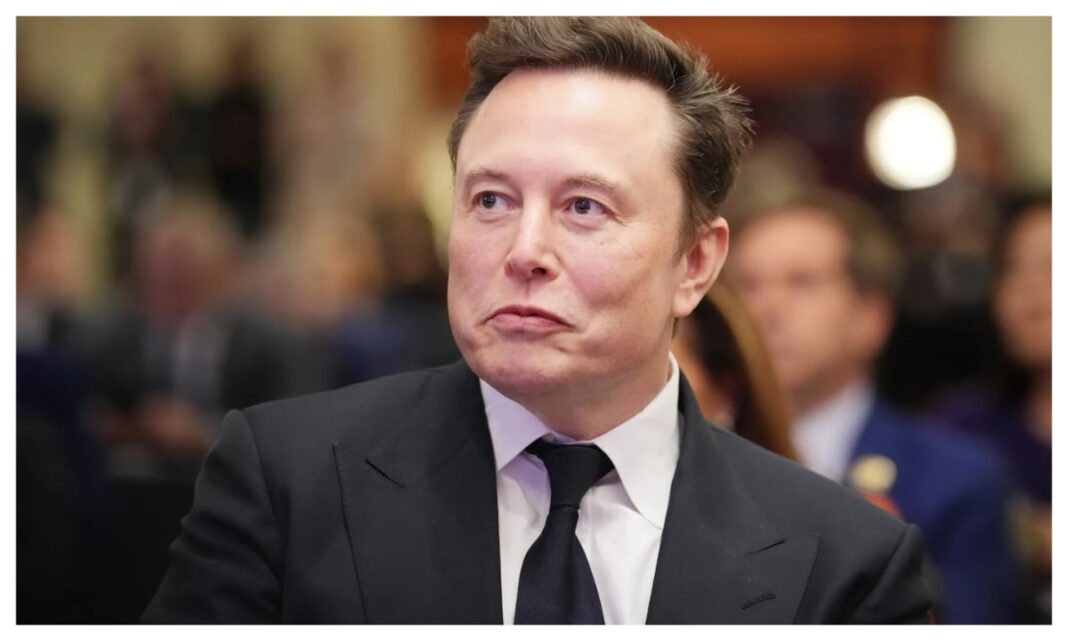In a surprising announcement, Elon Musk has proposed a new initiative that could see American taxpayers receive direct payments in what he calls “DOGE Dividend Checks.”
The proposal, which has sparked widespread interest and debate, suggests that a portion of government savings achieved through Musk’s Department of Government Efficiency (DOGE) would be redistributed to taxpayers.
But what exactly are these DOGE Dividend Checks, and who stands to benefit from them?
What Are DOGE Dividend Checks?
Musk’s DOGE Dividend Checks are part of a broader government cost-cutting initiative aimed at reducing wasteful spending.
According to Musk, DOGE has already identified trillions in potential savings by streamlining bureaucratic processes, leveraging automation, and eliminating inefficiencies. Under the proposed plan, 20% of these savings—potentially totaling hundreds of billions—would be directly distributed to taxpayers.
The estimated payout for each eligible household could reach approximately $5,000, depending on the final amount saved. Unlike traditional stimulus checks issued during economic downturns, these payments would be based on government efficiency gains rather than economic stimulus needs.
Who Would Qualify for DOGE Dividend Checks?
While the specifics are still under discussion, Musk’s initial outline suggests that eligibility criteria could resemble those used for past stimulus payments. Some possible qualifications include:
- Income Thresholds: Households earning below a certain income level—potentially under $150,000 for joint filers and $75,000 for individuals—may qualify for full payments, with reduced amounts for higher earners.
- Tax Filing Requirement: Eligible recipients may need to have filed a tax return in the previous year to receive the payment.
- Citizenship and Residency: U.S. citizens and legal residents would likely be prioritized, similar to past direct government payouts.
- Non-Filers & Social Security Recipients: Like previous government checks, there may be provisions to include Social Security recipients, veterans, and others who do not regularly file tax returns.
How Would These Payments Be Funded?
The core idea behind DOGE Dividend Checks is that they would be funded by actual government savings rather than deficit spending. Musk has claimed that if DOGE successfully reduces government inefficiencies, the savings could amount to as much as $2 trillion over several years. By redistributing a portion of these savings, Musk argues, the government can both reward taxpayers and encourage further cost-cutting efforts.
However, critics question whether the proposed savings are realistic and whether Congress would approve such a rebate. Even if significant efficiencies are achieved, lawmakers might opt to allocate the funds elsewhere, such as debt reduction or infrastructure projects.
Will DOGE Dividend Checks Actually Happen?
Despite the excitement surrounding Musk’s proposal, several legal and legislative hurdles remain:
- Congressional Approval: The redistribution of federal savings would require approval from Congress, which could be a contentious process.
- Legal Challenges: Some lawmakers have already raised concerns about the legality of DOGE’s cost-cutting measures, and ongoing judicial reviews could impact the feasibility of the plan.
- Political Considerations: With the 2025 elections on the horizon, the fate of this proposal could depend on which party controls Congress and the White House.
Conclusion
While the idea of DOGE Dividend Checks is generating buzz, their actual implementation remains uncertain. If Musk’s cost-cutting initiatives prove successful and Congress supports the redistribution of savings, millions of Americans could see unexpected financial relief.
However, for now, taxpayers will have to wait and see whether this ambitious plan becomes a reality or remains just another bold idea in Musk’s ever-growing portfolio of disruptive proposals.
Also Read

